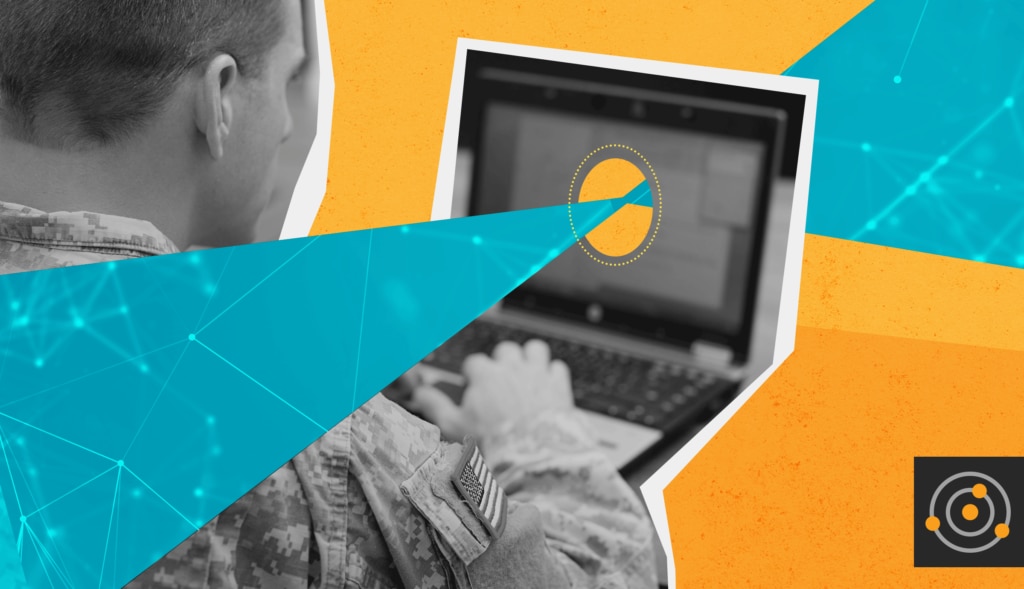At the start of the COVID-19 pandemic, military IT leaders raced to expand network capacity and upgrade infrastructure to ensure it could meet their mission-critical workloads and support telework. Their successful efforts have established a proof of their own abilities to adapt and scale their networks with speed and agility.
As more DoD personnel telework and government and home networks are pushed to the max, here are three things they must consider as plans for the impact on IT systems.
1. Understand How the Next Wave Will Differ in its IT Impacts
The last wave of the coronavirus was widely predicted to result in more infections and deaths, “
possibly at a catastrophic scale.” If this was correct, then lockdowns, restrictions, and even illness would have likely result in a more dramatic shift to telework.
The Pentagon has already made network infrastructure investments—such as the expansion of VPNs—to accommodate demand, so employees can continue to work as normal. But more must be done.
Focus must be shifted to the next choke points: user experience, cybersecurity, and collaboration.
2. Optimize User Experience
As we move into the next wave and the demand for high-bandwidth voice and video collaboration tools grows, the focus for DoD IT leaders will shift from infrastructure build-out to performance monitoring and optimization.
Approaches to
network performance monitoring should be expanded to prevent outages and make sure existing tools aren’t overloaded by the sheer volume of traffic coming at them.
Similarly, the adoption of software-defined wide-area network technologies is exploding. Robust network performance management provides much-needed visibility into whether traffic is being prioritized and routed properly based on the policies defined in the environment.
Tighter controls are necessary to preserve bandwidth for work-related traffic. Split VPNs, for instance, prioritize traffic entering the Pentagon’s network via an encrypted VPN tunnel while personal traffic is routed through the public internet. This ensures high-quality service on the network is maintained for work-related activities.
3. Push for Advanced Collaboration Capabilities
As workers headed home last year, the Pentagon quickly rolled out a
Microsoft Teams-based remote work environment that now has 850,000 users. These tools fail to replicate low-tech, pre-COVID work practices such as popping by someone’s desk or getting in a conference room.
To move the mission forward in the new normal, IT leaders must look to their providers for next-generation collaboration features they can implement in combat theater scenarios.
It’s Time to Rethink and Reprioritize
The COVID-19 pandemic has highlighted the need for organizations within DoD to be nimble. Just as the initial pandemic response accelerated IT modernization initiatives, as we enter the next wave, a rethink is required. Priorities must be revisited to balance performance and security.
As departments move to the cloud and personnel are dispersed on a scale never seen before, IT leaders must do everything in their power to eliminate choke points and build resilient infrastructures to support the user experience and a rich collaborative environment.
Find the full article on
Defense Systems.








